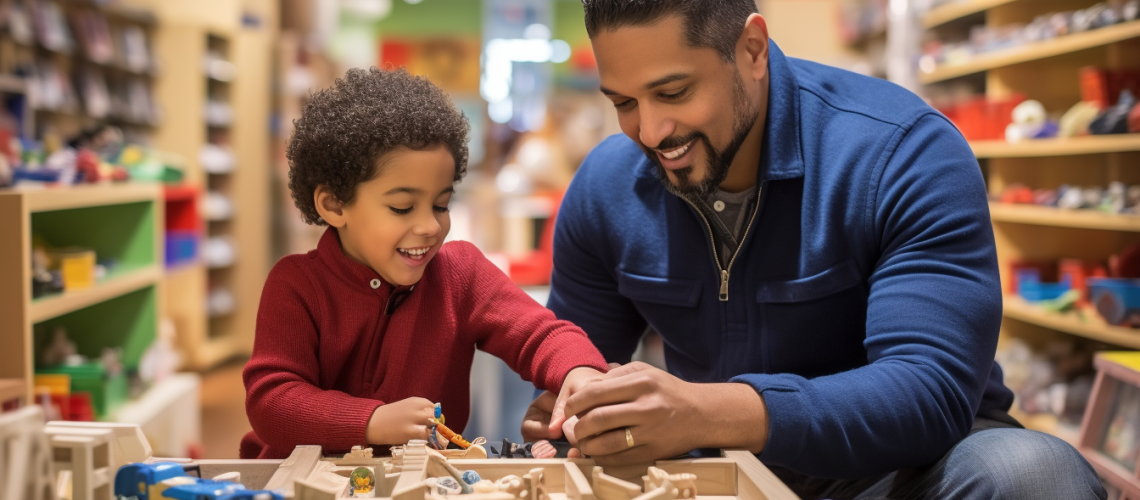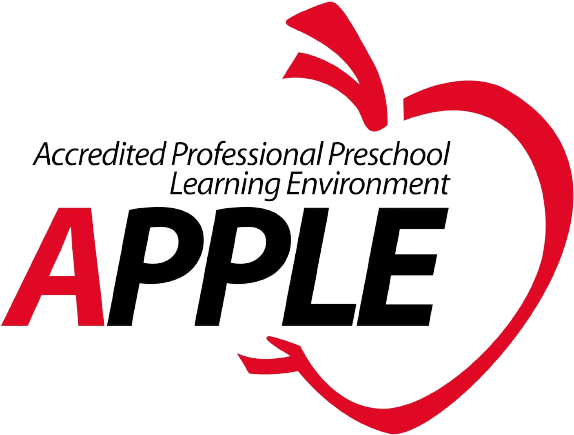As a father who deeply values the educational experiences of my children, I have come to recognize the vital role that toys play in their early development. In exploring the research conducted by Wittmer and Peterson (2018), it becomes evident that toys contribute to essential learning concepts such as object permanence, cause and effect, tool usage, spatial awareness, language and literacy, and numeracy skills. However, it is crucial to prioritize certain qualities when selecting toys, with safety being of utmost importance.
Ensuring the safety of toys is paramount, considering the materials used in their construction and adherence to inspection guidelines in the United States. Dean and Gillespie (2015) highlight the significance of toys in expanding children’s understanding of concepts and extending learning opportunities in age-appropriate ways. By observing children’s existing knowledge base and developmental stage, toys can effectively stimulate their curiosity and foster continuous growth (Dean & Gillespie, 2015, p.94).
In an early learning academy, it is essential to choose toys that align with developmental milestones and cater to the zone of proximal development (ZPD). The ZPD refers to the range of skills and knowledge that are beyond what a child currently knows but can potentially learn and understand (Wittmer & Peterson, 2018, p.192). By providing toys that support and challenge children within their ZPD, we can optimize their learning experiences.
Selecting toys that promote safe play and are developmentally appropriate is paramount. By avoiding toys that may impede learning or pose a risk to children, we can create an environment that fosters their growth and exploration.
As a father, I am committed to making informed decisions when choosing toys for my children. I value toys that align with their developmental needs, encourage their natural curiosity, and provide opportunities for growth and learning. By prioritizing safety, considering developmental milestones, and catering to the ZPD, we can ensure that our children’s playtime is not only enjoyable but also beneficial for their overall development.
References:
Dean, A., & Gillespie, L. (2015). Why teaching infants and toddlers is important. Young Children, 70(5), 94-95.
Wittmer, D. S., & Peterson, S. H. (2018). Infant and toddler development and responsive program planning: A relationship-based approach (4th Ed.). Pearson.



